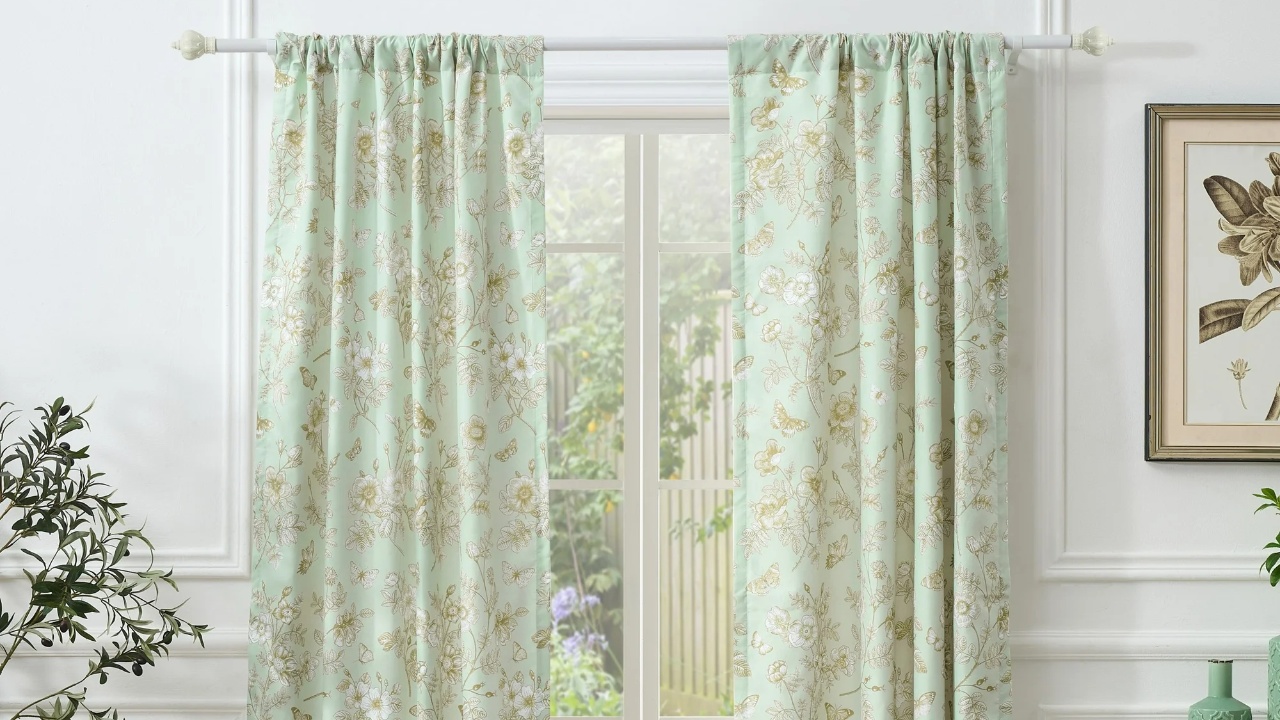Custom made drapes are a perfect blend of style and functionality, elevating your home’s décor while offering privacy and light control. To ensure they continue to enhance your space, proper care and cleaning are essential. Learn more about custom made drapes and how they can add both value and elegance to your home. This article will guide you through cleaning methods for various fabrics, tips for stain removal, ways to prevent fading or deformation, and the benefits of regular maintenance to extend the lifespan of your custom drapes.
Cleaning Methods for Different Fabrics
Hand Washing:
Delicate fabrics like silk, linen, or those with intricate embroidery require careful attention. Hand washing is ideal for these materials, as it prevents the fibers from being damaged. Fill a basin with lukewarm water and a mild detergent, gently agitating the fabric. Avoid wringing the drapes to prevent distortion. Always test a small area first for colorfastness before washing the entire piece.
Machine Washing:
For more durable fabrics like cotton or polyester blends, machine washing is generally safe. Use a gentle cycle with cold water to preserve the fabric’s color and texture. Turn the drapes inside out to prevent abrasion and fading. It’s also advisable to use a mild, fabric-safe detergent and avoid bleach or harsh chemicals that can weaken the fibers.
Dry Cleaning:
Some fabrics, such as velvet, wool, and certain heavier blends, require professional dry cleaning. These materials can shrink, lose their shape, or suffer damage in the washing machine. Dry cleaning preserves their integrity and keeps the fabric looking fresh.
General Fabric Care Tips:
Regardless of the fabric, always check for colorfastness before cleaning, especially with bright or dark fabrics. Use a mild detergent to prevent harsh chemicals from breaking down fibers. For extra protection, wash drapes in a mesh laundry bag to avoid snags or pulls. Regular cleaning, using the appropriate method for your fabric, helps extend the lifespan of your custom made drapes.
Removing Stains and Odors
Stain Removal Tips:
For stains like coffee, wine, or food, the key is to act quickly. For cotton or polyester blends, blot the stain gently with a damp cloth and a mild detergent solution. For delicate fabrics like silk or linen, avoid rubbing the stain and instead use a mild stain remover that’s safe for your fabric. Ink stains can be tricky—try dabbing with a cotton ball soaked in rubbing alcohol, but always test first in an inconspicuous area.
Dealing with Odors:
To remove odors from custom made drapes, start by air-drying them outside in a well-ventilated area. Fresh air helps eliminate stale smells. For persistent odors, use a fabric freshener, or for natural fabrics like cotton or linen, create a vinegar-water solution (1 part vinegar to 3 parts water) and spot-clean the affected areas. Avoid using harsh chemicals that can damage the fibers.
Tough Stains:
Mold and mildew stains require special attention. Use a solution of water and white vinegar (1:1 ratio) to treat the affected areas, or opt for a commercial mildew remover if needed. For heavily soiled drapes or difficult stains, it’s best to consult a professional cleaner who specializes in custom fabrics to prevent further damage. Regular cleaning helps prevent buildup, ensuring your custom drapes stay fresh and beautiful.
How to Prevent Fading and Deformation?
Sunlight Protection:
Direct sunlight can cause fabrics to fade over time, especially delicate custom made drapes. To prevent this, consider adding UV-protective linings or applying fabric treatments that block harmful rays. These treatments not only protect the color but also extend the lifespan of your drapes. For maximum protection, keep drapes closed during peak sunlight hours or use sheer curtains as a buffer.
Proper Hanging:
Hanging custom made drapes correctly is crucial to prevent deformation. For heavier fabrics like velvet or wool, ensure that drapes are evenly spaced and not pulled too tightly. Use high-quality curtain rods that can support the weight without causing stretching or sagging. Additionally, avoid hanging drapes in high-humidity areas, as this can cause fabric distortion over time.
Drying Tips:
When drying custom drapes, air-drying is always the safest option to prevent shrinkage and fabric distortion. If using a dryer, set it to the lowest heat setting. High heat can cause fabrics to lose shape or become misshapen. Always follow fabric-specific care instructions to preserve their texture and structure.
The Benefits of Regular Cleaning
Aesthetic Maintenance:
Regular cleaning helps preserve the beauty of your custom made drapes by preventing the build-up of dust, dirt, and allergens. This keeps your drapes looking fresh and vibrant, enhancing the overall aesthetic of your home.
Durability:
Consistent care prolongs the life of your drapes by maintaining the fabric’s strength and texture. Regular cleaning prevents the wear and tear that can result from accumulated grime.
Health and Comfort:
Clean drapes contribute to a healthier indoor environment by reducing allergens and pollutants. This helps improve air quality and makes your living space more comfortable for everyone.
Conclusion
Proper cleaning and maintenance are essential to keeping your custom made drapes both beautiful and functional. By following these care tips, you can extend the lifespan of your drapes, ensuring they continue to enhance your home’s décor and comfort. Well-maintained drapes not only preserve their aesthetic appeal but also contribute to a healthier, more comfortable living space for years to come.









